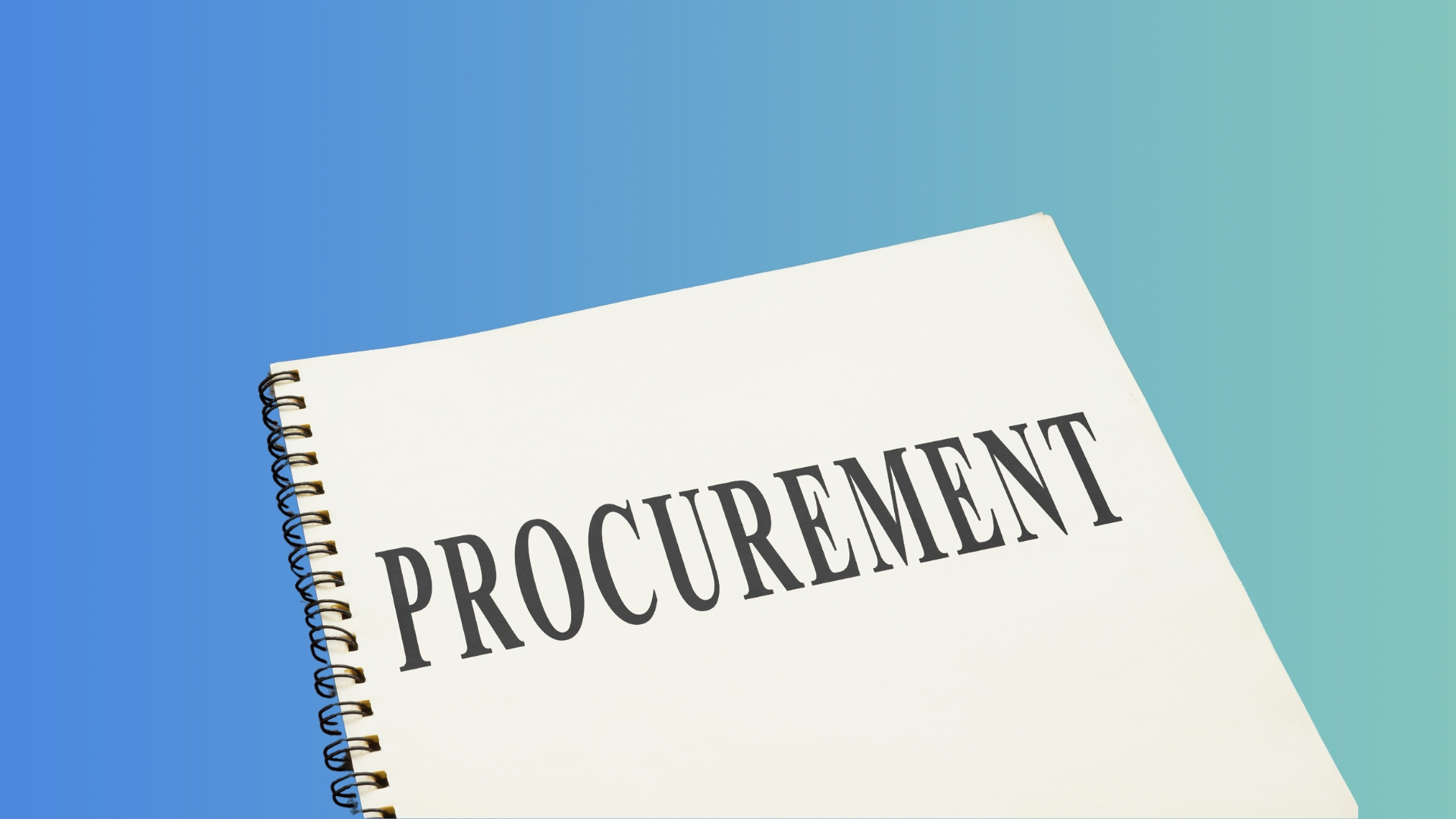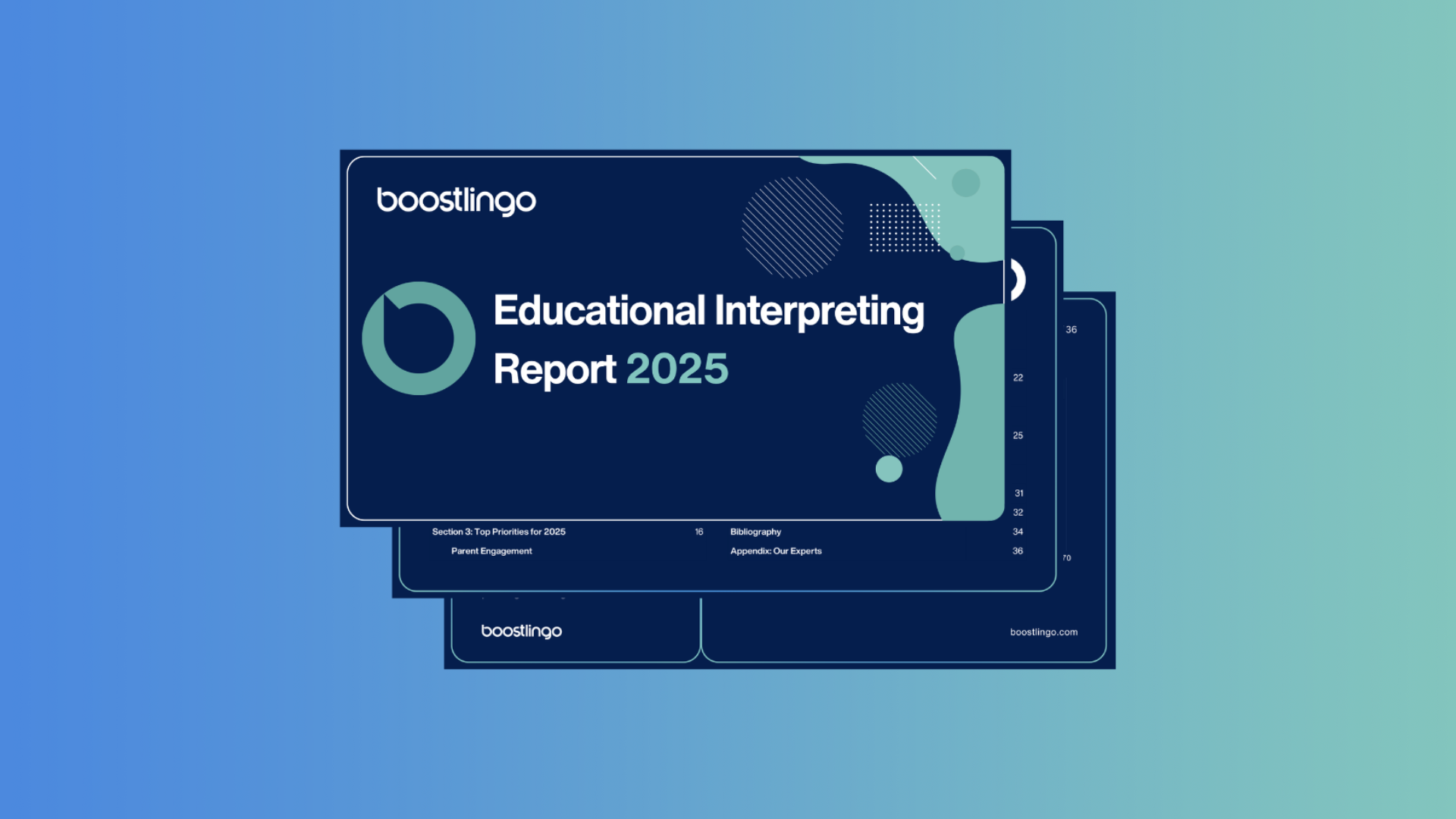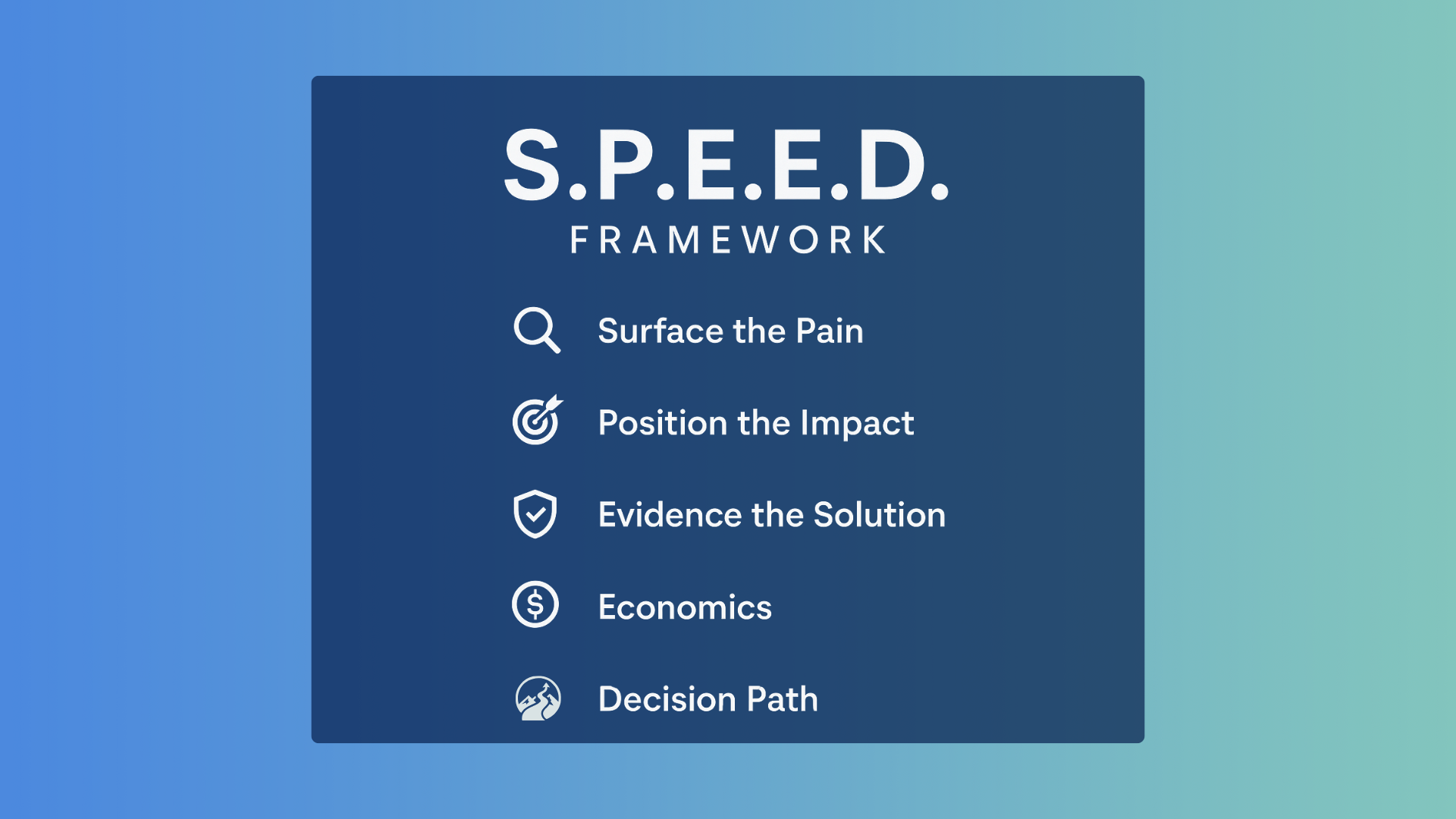From White House news briefings to the Super Bowl LV, American Sign Language (ASL) interpreters are enjoying the spotlight. Yet what you may not know is that deaf people who serve as ASL interpreters belong to their own category. Deaf interpreters such as Marla Berkowitz not only bridge the gap between ASL and English, but experience the challenges of being deaf in a hearing-centric world.
Here’s a look at the unique role deaf interpreters play and how they work with their hearing counterparts to create a more accessible society.
What is a Certified Deaf Interpreter?
Deaf interpreters (DI) are deaf individuals who have been trained to interpret between ASL and English. They must have excellent communication skills in both languages and have extensive knowledge in the use of gestures, mime, and language development. They also have a deep understanding of deafness, the deaf community, and deaf culture.
Just like other professional interpreters, deaf interpreters can become certified. The Registry of Interpreters for the Deaf (RID) offers deaf individuals the ability to demonstrate their skills through written and performance exams. Those who pass the certification process are officially recognized as Certified Deaf Interpreters.
What Is a Deaf/Hearing Interpreting Team?
Deaf interpreters often work in deaf/hearing interpreting teams. They use a consecutive interpreting process where the hearing interpreter will convey the message to the deaf interpreter then the deaf interpreter interprets for the deaf individual in his or her native language.
These teams not only help ensure accuracy but can make a deaf individual feel more comfortable during the process. However, like all ASL interpreters, deaf interpreters must remain neutral and are not advocates for either party.
When Should You Use a Deaf/Hearing Interpreting Team?
Deaf/Hearing interpreting teams typically can work in different settings. Deaf interpreters may work in legal situations since proceedings may require a high degree of linguistic accuracy. On the other hand, deaf interpreters may work well in educational settings since they can help Deaf or Hard-of-hearing students and companions, interact with their peers, understand their educational requirements, and more.
- Deaf youth.
- A developmentally disabled person.
- Someone who uses a non-standard dialect of ASL.
- Someone who uses foreign sign language.
Parents of deaf children may also prefer to work with a deaf/hearing interpreter team during medical appointments, evaluations, counseling, and other scenarios for optimal understanding.
If you’d like to learn more about deaf/hearing interpreting teams, check out RID’s Standard Practice Papers on interpreting roles and issues.
How to Connect with an ASL Interpreter
Now, with anywhere from 250,000 to 500,000 American ASL users, you may be wondering how to find an ASL interpreter when you need one. Fortunately, it’s easier than ever with Boostlingo. Our video remote interpreting (VRI) platform lets you connect with an ASL interpreter—anytime, anywhere. All you need is a high-speed internet connection, computer or tablet, and a webcam to get started.
Want to try it out for yourself? Contact us today to start your free trial!



